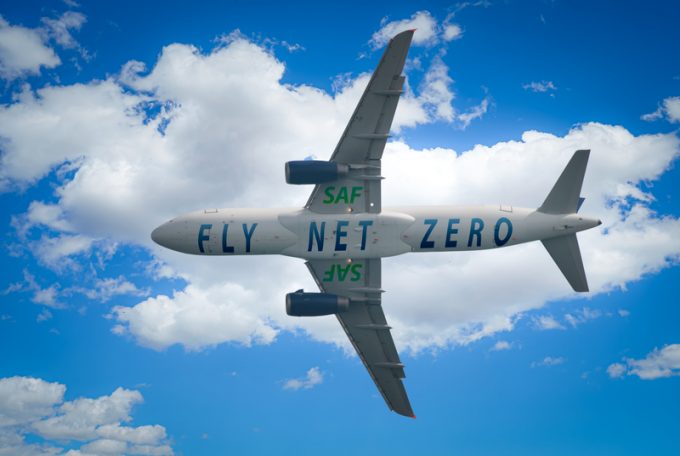Box-ticking, with fitting in the school run still the poser for women in air cargo
Last week’s CNS conference’s Women in Air Cargo panel succeeded in highlighting the inequities in ...

Cutting emissions from aviation will cost hundreds of billions of dollars – and companies and governments are going to have to accept that they must pay for it.
Money currently pledged is but a drop in the ocean: FedEx, for example, pledged $100m to help establish ...

Comment on this article